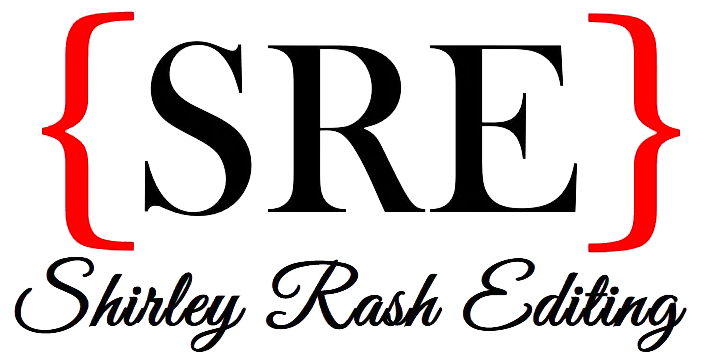I really like citations, more than is probably normal. I’m not really sure why, but I’ve always enjoyed reading them, writing them, editing them, formatting them. When I worked at the writing center, my coworkers called me Citation Potentate for being the resident citation guru, and I still consider that nickname one of my proudest achievements.
Even when I’m reading for fun, my first stop when I pick up a nonfiction book is the back to scope out the bibliography and notes. Never judge a book by its cover but do judge it by its bibliography and notes.
This interest in citation works out well as an editor because, well, most people don’t like citations as much as I do. And I understand why—the ins and outs of bibliographies and endnotes/footnotes can be convoluted and confusing.
So, how can an editor help you with your citations and sources? Read on to learn more about citation editing and permissions editing.
What is citation editing?
Citation editing is a service I offer that is separate from copyediting in which I focus solely on copyediting the manuscript’s citations.
I do edit citations as a routine part of copyediting nonfiction. In fact, in many of the scholarly projects I’ve worked on, the citations can constitute a significant percentage of my corrections during copyediting (up to 40%).
The main difference between copyediting and citation editing is, when I am citation editing, I only focus on the bibliography and/or notes. Sometimes, as part of this service, I’ve also converted bibliographic entries into corresponding notes and vice versa or even written the citations themselves based on source information the author provides me. The specifics vary depending on each individual manuscript and author.
But by the end, you will have correctly, consistently, and—dare I say—beautifully formatted citations.
What is permissions editing?
Permissions editing is not a service I offer, though it is one I’ve done before and rather enjoy. If citation editing is about ensuring you are correctly citing your sources, permissions editing is about making sure you have been granted permission from the relevant copyright holders to use the material to begin with.
A permissions editor can identify what needs permissions within a manuscript, identify the copyright holders, request permissions, keep track of the requests/responses, and assist you with properly crediting everyone.
Why is it important to cite?
People usually think of citations in terms of avoiding issues related to plagiarism, but correctly citing sources used in your manuscript is important for many reasons beyond the most obvious, including but not limited to giving proper credit where credit is due, demonstrating your own credibility and integrity as a researcher, and being courteous to your readers who may want to know more about the sources you’ve used.
Being sloppy with citations indicates a more general sloppiness about research, in my opinion. If the book can’t be trusted to get the citations right, what else is sloppy or incorrect in the argument its making? Your citations are another means for you to establish your professionalism and credibility as a writer, researcher, and thinker.
Research is also like a never-ending conversation that spans decades and even centuries. Attributing your sources properly acknowledges those that came before you and helps guide those that come after you. Beyond being a matter of good form, proper citations are invaluable for other researchers in your field.
When should citation editing/permissions editing occur in the editing process?
When I’ve done citation editing, I’ve always performed it immediately following copyediting. It’s definitely something you want done before the material is laid out, but you also don’t want to do it while the book is being actively written or revised.
As for permissions editing, you really need to wait until you have a publisher because their guidelines will dictate how you approach this process.
If you are self-publishing, I’d suggest starting the process as soon as the book goes to layout. The manuscript will be complete by then. One thing to keep in mind is that the permissions process can be quite time-consuming, especially if you have a lot of permissions to request. You want to allow for the time needed to research, contact everyone, and wait for a response, but you also don’t want to start so early that you waste time requesting permissions for material you end up not using or find copyright holders unwilling to grant permission because your project is in its early stages and is too much of an unknown quantity.
Why don’t you offer permissions editing as a service?
As with proofreading, I think clients are better off hiring a specialist for permissions editing. Though I greatly enjoy permissions editing and would like to think I did a good job on the projects I worked on, someone who specializes in it and does it regularly is going to be far more efficient and knowledgeable about it than I am.
As part of my work as a developmental editor and copyeditor, I certainly note potential issues I see regarding permissions and can provide general advice/suggestions, but the onus is still on the author to resolve those.
We’ll wrap up the “What Is Editing?” series next time with a look at author coaching.
Read the whole “What Is Editing” series:
- Intro
- Beta Reading
- Manuscript Critiques and Developmental Editing
- Line Editing and Copyediting
- Proofreading
- Citation Editing and Permissions Editing
- Author Coaching





